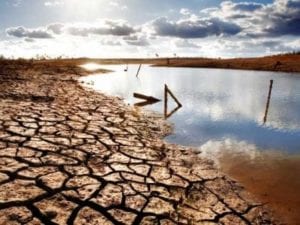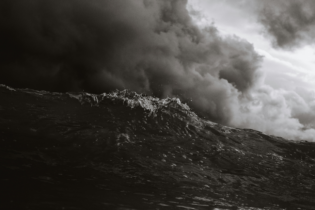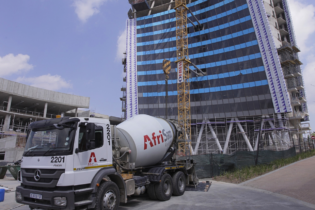The Department of Water and Sanitation says it will deploy water tanks and drill boreholes in the short-term in areas that are severely affected by the drought.
Deborah Mochotlhi, the Deputy Director-General responsible for Planning and Information at the department, also called on South Africans to use water sparingly as water shortages in various areas have recently led to four provinces being declared drought-stricken zones. Mochotlhi said this when the department appeared before Parliament’s Portfolio Committee that has oversight on water and sanitation. “In the short and immediate term, we have [sent water tanks] to areas in distress. “We will also be drilling boreholes where it is needed,” she said. This comes as most parts of the country experience severe water shortages as water reserves run low – resulting in demand exceeding supply.Monitoring at risk provinces
The department is currently monitoring six provinces with regards to water shortages, with four already having been declared drought-stricken areas. The six provinces are Mpumalanga, KwaZulu-Natal, Limpopo, North West, Free State and now Western Cape. The provinces that have been declared drought-stricken are KwaZulu-Natal, Free State, North West and Limpopo, which was declared a disaster zone last week.South Africa’s current water mix currently stands at 88% assurance level of supply constituted by 77% surface resources, 9% ground, 14% return flows and desalination is less than 1%.
Four of South Africa’s major river systems are being shared with six immediate neighbouring countries – Botswana, Lesotho, Mozambique, Namibia, Swaziland and Zimbabwe. Mochotlhi said the country’s national rainfall and evaporation was skewed – with the rain falling towards the eastern parts while evaporation increased westwards.







